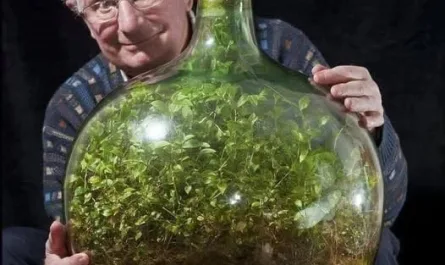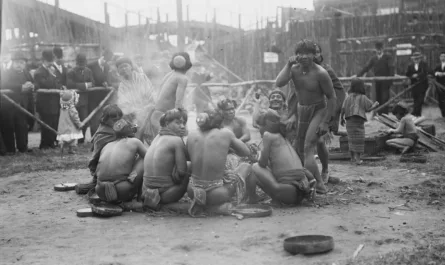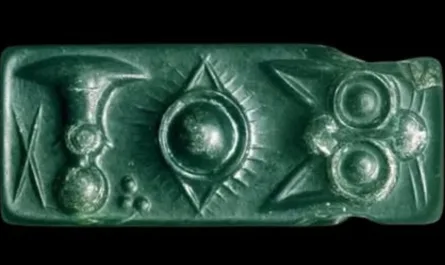Imagine stepping back to the sun-kissed island of Delos, Greece, over 2,500 years ago, where a remarkable invention transformed daily life. Discovered on this historic island, the 5th Century BC Greek cooker—known as the Anthrakia or charcoal stove—is a testament to ancient ingenuity that continues to captivate us today. Unearthed as a multi-functional clay masterpiece, this relic offers a window into the culinary and heating practices of the ancient Greeks, proving that even in antiquity, innovation thrived.

A Multi-Functional Marvel
The Anthrakia, found on Delos, is no ordinary cooking tool. This clay artifact, dating from the 6th to 1st Century BC, features an impressive design with three or four stoves, an oven, and a grill, all integrated into a single unit. Crafted with remarkable skill, the stove’s blackened surface bears the marks of constant use, hinting at the soot and heat it endured. Made from durable clay, it was fueled by charcoal, providing a steady source of heat for roasting, baking, and grilling—tasks that parallel the versatility of today’s electric stoves. For households on Delos, this was the heart of the kitchen, a hub where meals were prepared and warmth was shared during cooler months.
A Discovery on Sacred Delos
The island of Delos, a sacred site in ancient Greek mythology as the birthplace of Apollo and Artemis, was also a bustling hub of trade and culture. It’s here that archaeologists uncovered this extraordinary cooker, a find that underscores the island’s significance beyond its religious role. The Anthrakia’s presence reflects the daily life of its inhabitants, who relied on such tools to sustain their communities. Its design, tailored to the needs of a Mediterranean lifestyle, highlights the practical ingenuity of the era, adapting to the availability of local materials like clay and the abundance of charcoal.
Craftsmanship That Endures
What makes the Anthrakia truly remarkable is its construction. Shaped by skilled artisans, the clay was molded into a robust structure capable of withstanding intense heat, a feat that speaks to the advanced pottery techniques of the time. The stove’s compartments allowed for simultaneous cooking methods—stoves for boiling, an oven for baking bread or casseroles, and a grill for meats—mirroring the efficiency of modern appliances. Its portability also suggests it could be moved as needed, a practical feature for the island’s dynamic households. The soot-stained exterior, preserved over millennia, tells a story of countless meals and gatherings, connecting us to the people who once tended its fires.
A Timeless Legacy
As we sit in our modern kitchens on this Sunday evening, August 17, 2025, at 09:24 PM +07, it’s hard not to marvel at how the Anthrakia bridges the past and present. This ancient device wasn’t just a tool; it was a cornerstone of community life, much like our electric stoves today. Its discovery on Delos invites us to appreciate the ingenuity of our ancestors, who crafted solutions with the resources at hand. For history buffs, archaeologists, or anyone curious about ancient living, the Anthrakia stands as a symbol of resilience and creativity.
Have you ever explored ancient cooking methods or visited a site like Delos? Share your thoughts or plan a trip to see such treasures in person—history is calling!





